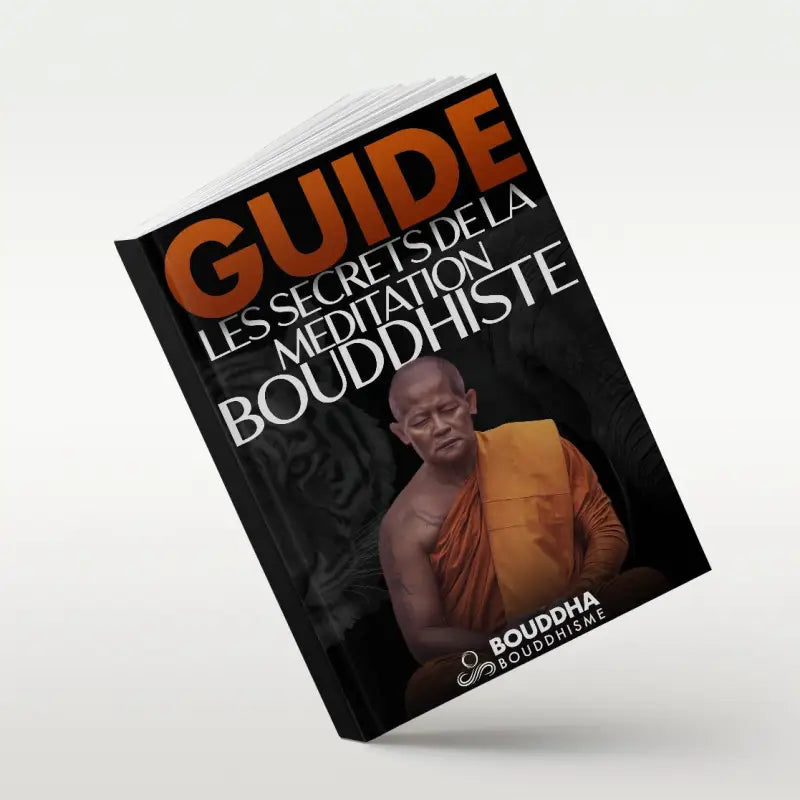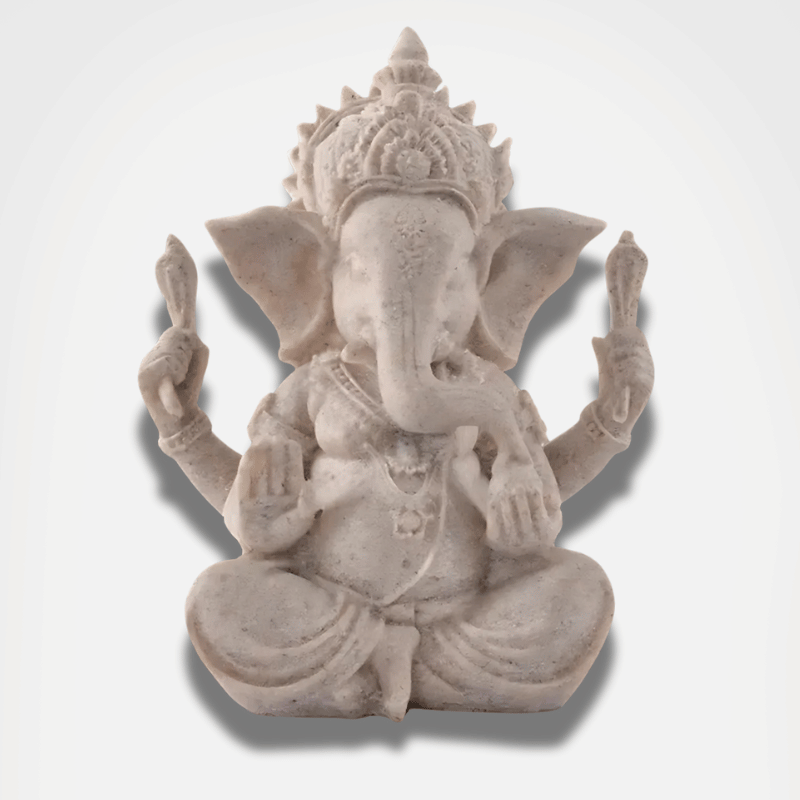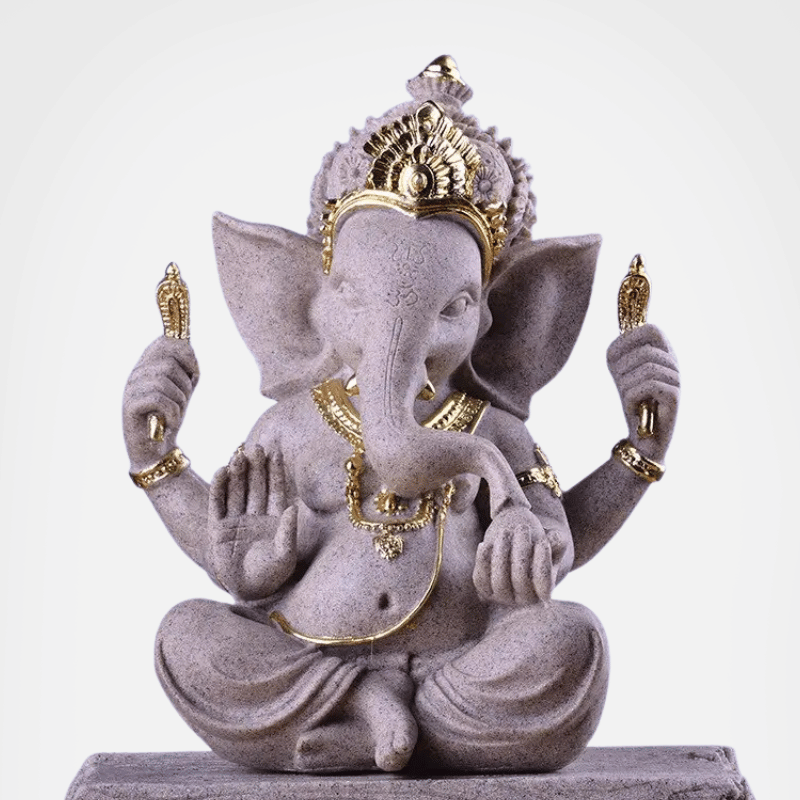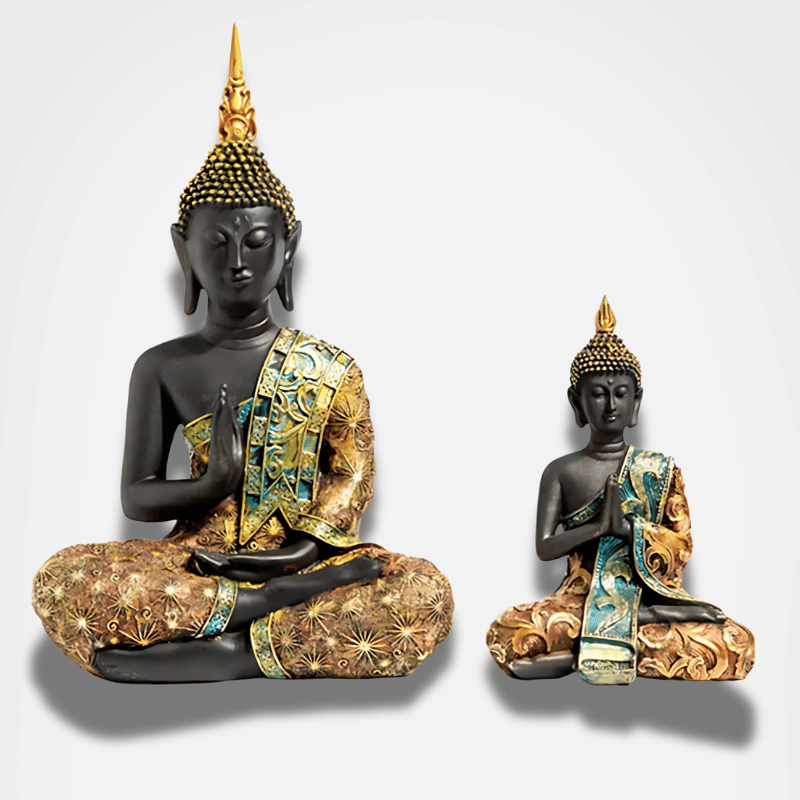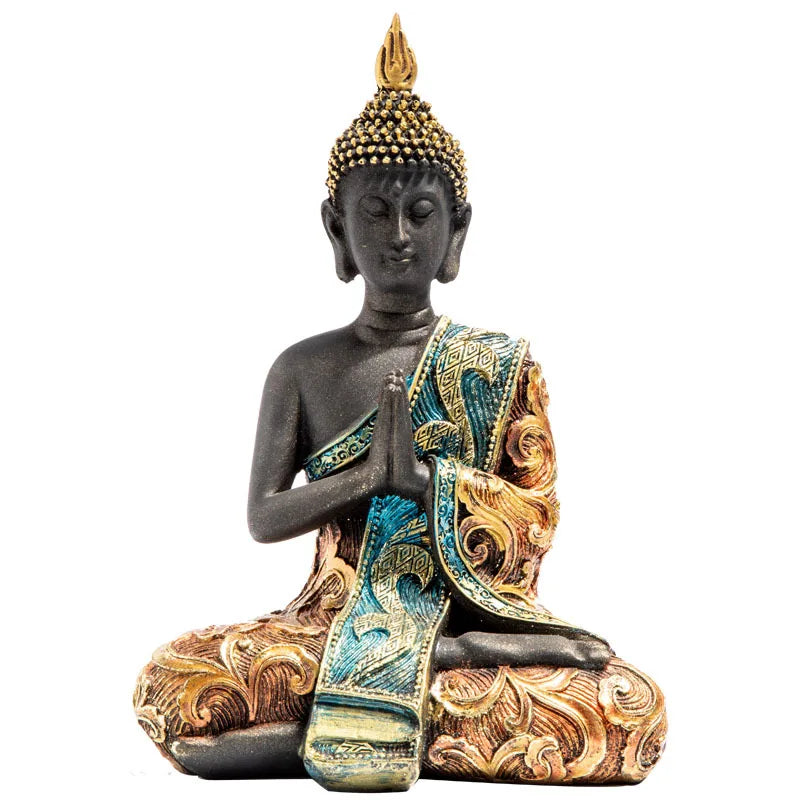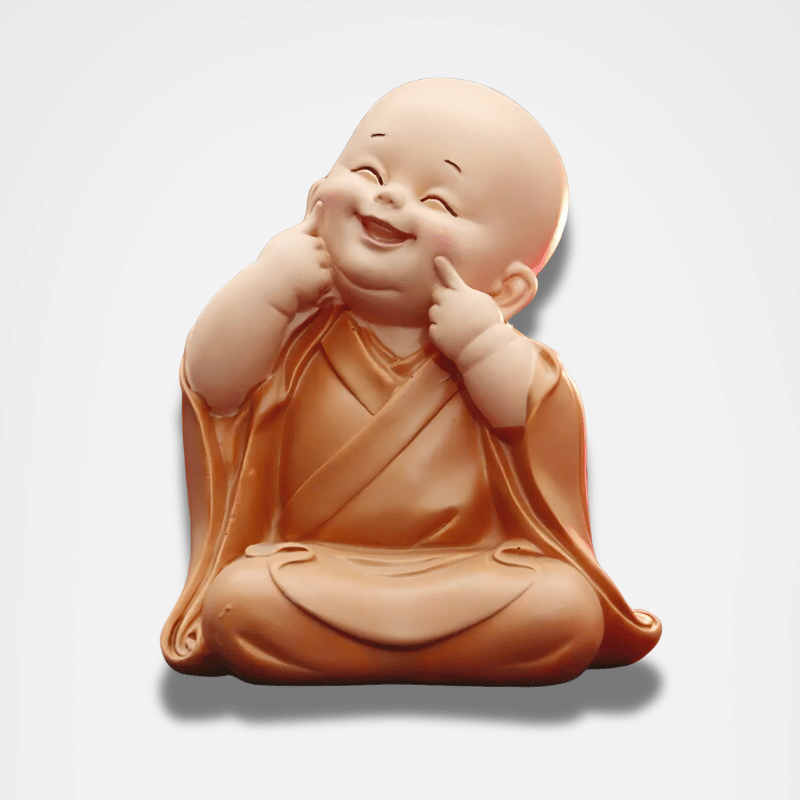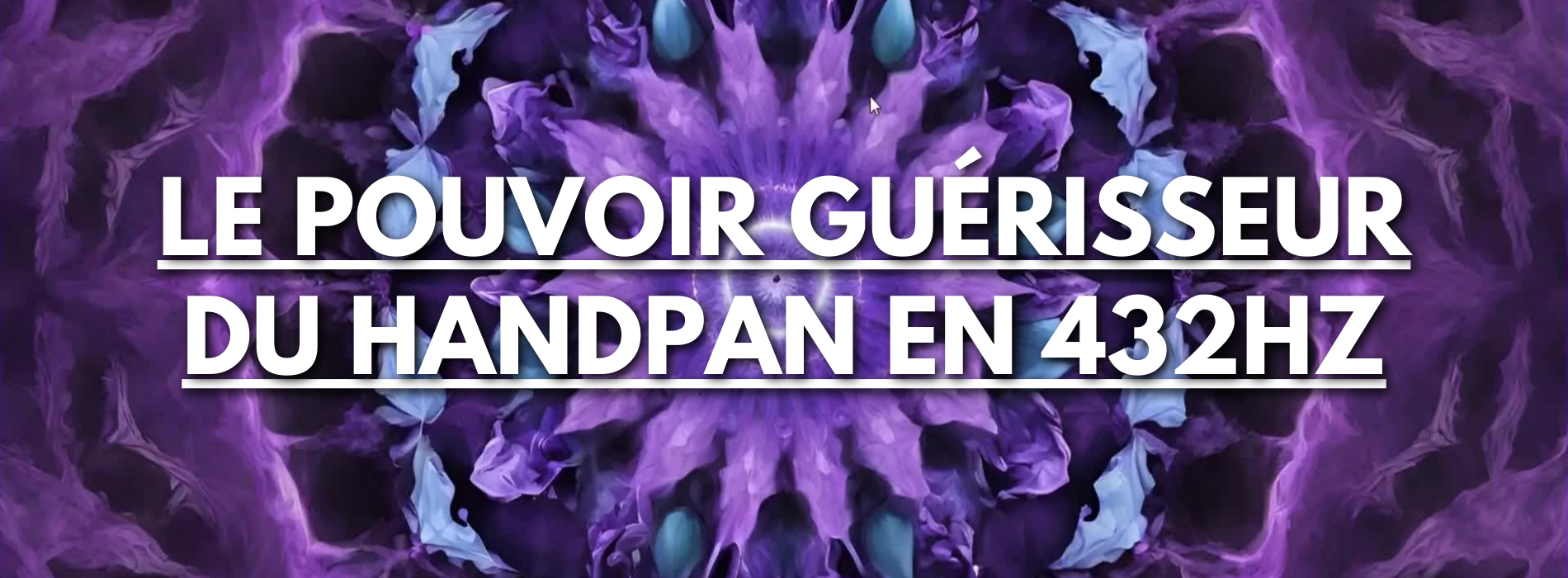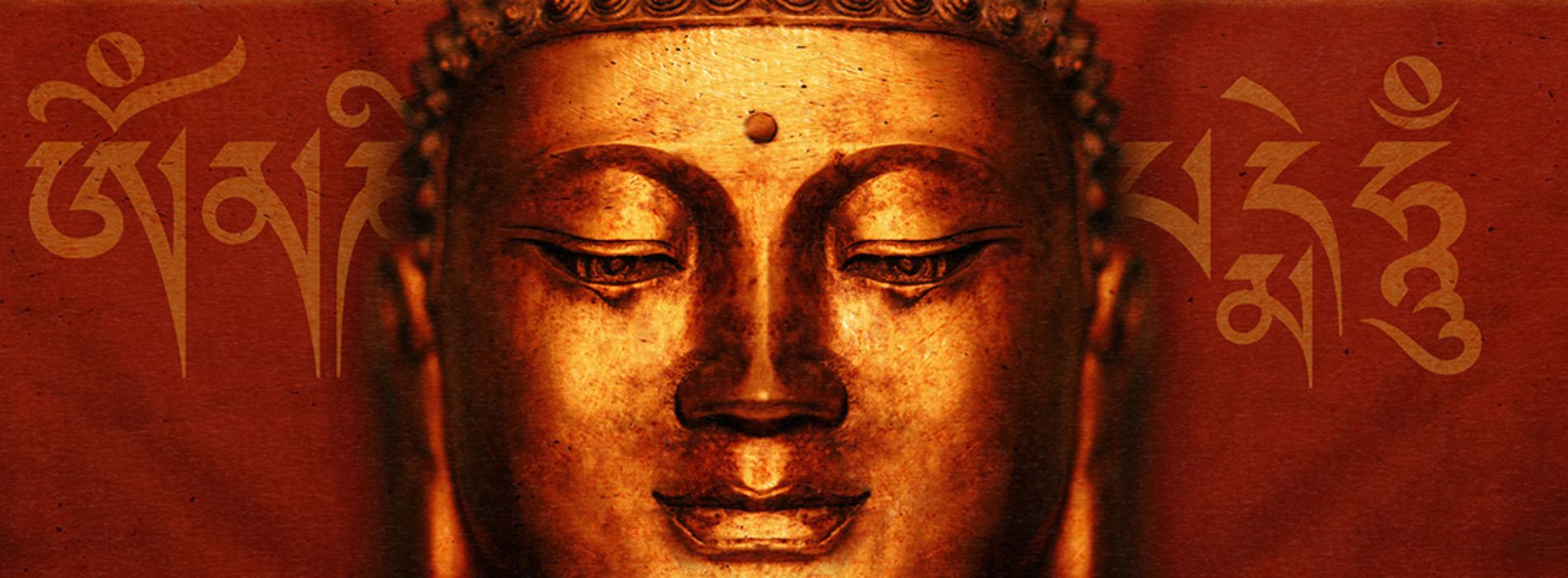Why do Buddhist monks chant?
The chant of Buddhist monks is the music of meditation rituals, relaxation or public ceremonies. In Buddhist countries like Tibet, Nepal, India, Ladakh, China, Japan, Bhutan, Mongolia… the traditional stanzas and texts, as well as the stories of the Buddha, whether they are used in litanies or for other ceremonies, are generally recited in Pali, the language spoken by the Buddha.
Tibetan Buddhist chanting meditation and binaural sound
As usual, the object of a religious song is to make sounds pleasant to the ear of the Creator, out of love or fear for him. But Buddhists are not constrained by such an idea, for the finality and goals are within, to be achieved by one's own efforts and not by the propitiation of an external power. Lord Buddha spoke in praise of silence and restraint, so in preparing to be silent, restraint is employed in the chanting of Buddhist monks.
Armed with cymbals, sea conch shells, bells, tambourines and various instruments, the chanting of Buddhist monks is capable of defeating the most intrepid devil with a powerful but calming voice. mind and body and promote positive thinking in all circumstances.
The rules of Buddhist chanting

Buddhist monks' chanting is performed in groups, whether seated indoors, danced in the monastery courtyard, or in a private home. The monks don special costumes and make hand gestures (mudras) that embody the divine being of the Buddha, while the instruments transmit in musical chant and rhythm to the music. The group is formed under the careful supervision of older monks. Everyone recites the texts frequently until they are memorized. The hymns are performed daily in the monastery meeting hall where they serve as a prayer to the deities for world peace and for the personal development of practitioners.
The principles of chanting of Buddhist monksThe song of the Buddhist monks begins with a slowed rhythm, a low and deep voice is heard recitative chanting, soon followed by other voices in unison, in the same austere tone and deaf. Then, suddenly, this collective song becomes "vocalized", establishing obsolete syllables in the verses, and then a single deep, vibratory sound, kept for a long time which captivates and hypnotizes, above which emerges a diaphanous and ethereal harmony.
The most popular Buddhist chants

During the performance, each instrumentalist or each group must perform their part according to the rules provided by the notation manuals and/or by oral tradition, the most popular texts of which are:
- Upajjhatthana (The Five Memories)
- Mettabhavana (Discourse of Kindness)
- Buddha bhivadana (Reverence of the Buddha)
- Tisarana (The three jewels)
- Gautama Buddha vandana (Salutation to the Buddha)
- Dharma vandana (Salutation to his teaching)
- Sangha vandana (Greetings to the community of noble disciples)
- Pancasila (The Five Precepts)
- Thai monks reciting the sutras.
Why listen toBuddhist chants?

Although the traditions of singing and pronunciation of the Pali language are somewhat different from one country to another, the spirit remains the same when using the songs in the tradition. That is to say, the rapid achievement of enlightenment through Tantras (meditations). Listening to this song is an experience that must be lived throughout one's life.
If these songs are done with attention to their meaning, they are not without good results for physical and psychological good. Furthermore, they act as powerful incantations to focus the mind “which in the morning may still be asleep, or in the evening may be distracted by the events of the day.” These songs lead one to concentrate the mind by reciting the “Refugees and the Precepts, the Memories” and meditating. We can therefore see that these actions are in accordance with that quality of the Dhamma which is the means of training the mind, speech and body called "leading inward" (or opanayiko).
A bridge between therapy and the spiritual dimension
The chanting of Buddhist monks is a bridge between therapy and the spiritual dimension. This style of singing with its striking roughness, which in the West is called diaphonic singing, is called in Tibetan Mahayana Buddhism the “roaring voice of the god of death”, or the “roaring voice of the dzo” and which causes some fear. to an uninformed listener.
However, careful listening will transform this apprehension into a transcendent and hallucinatory ardor, once the humility of the "self" has been realized and the nothingness of all earthly life has been revealed.
A boost for concentration

Even when "minds" are not concerned with external sensual stimulation and only with internal reflection, they will still be discursive with words, concepts, images and feelings, etc. In the state of meditation, the chanting of Buddhist monks attempts to eliminate these disturbances by fixing the mind on a subject that is not discursive. This will lead to the "minds" being only healthy states (kusaladhamma) which tend towards concentration and peace.
The mental stream of "minds" concerned with many unhealthy states (akusaladhamma - often fueled by stimulation of the senses), tainted by greed, aversion and delusion (lobha, dosa, moha), are non -concentrated. Impurities cause mental disorders, including distraction, boredom, drowsiness, lust, attachment and aversion.
Conclusion on Buddhist chants
The absence of all impurities means the growth of a strong and healthy mind and therefore an increase in clarity and concentration. Now is not the time to think about the past or the future. Even thoughts about the present should be put aside and follow the path of Lord Buddha to make the mind firm and unshakable. These frequencies resonate throughout our body, they are like light that makes our “vibrational” bodies glow. When we have listened to these songs once, they remain anchored in our memory and make it vibrate eternally. Then the audience will only have to inhale... exhale... inhale... and let themselves be overwhelmed by the positive aura that circulates.
Extract from the youtube channel:


















